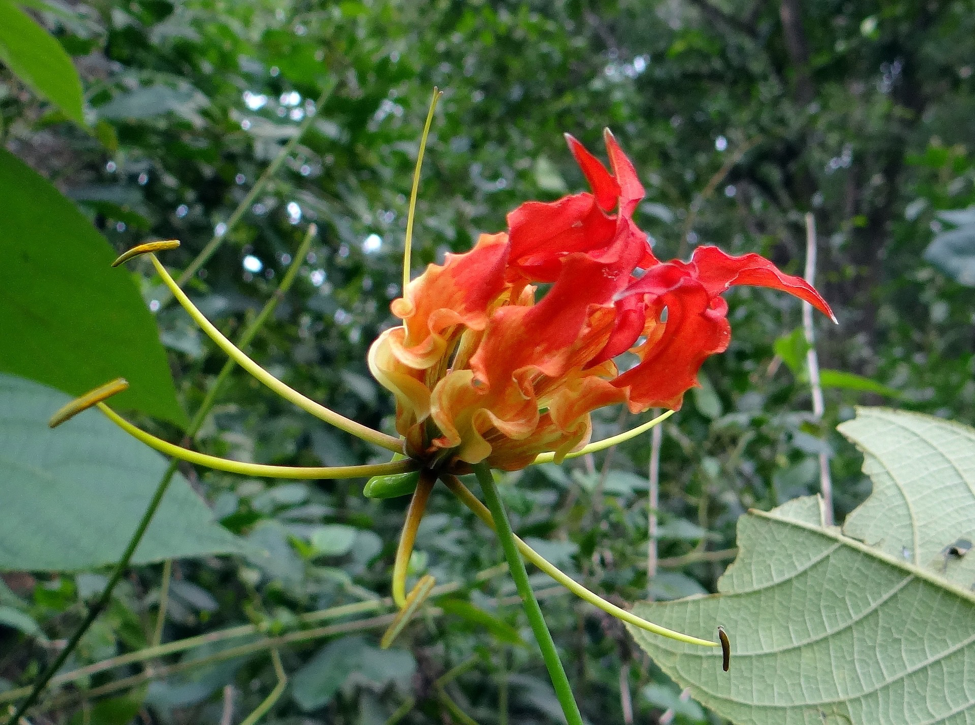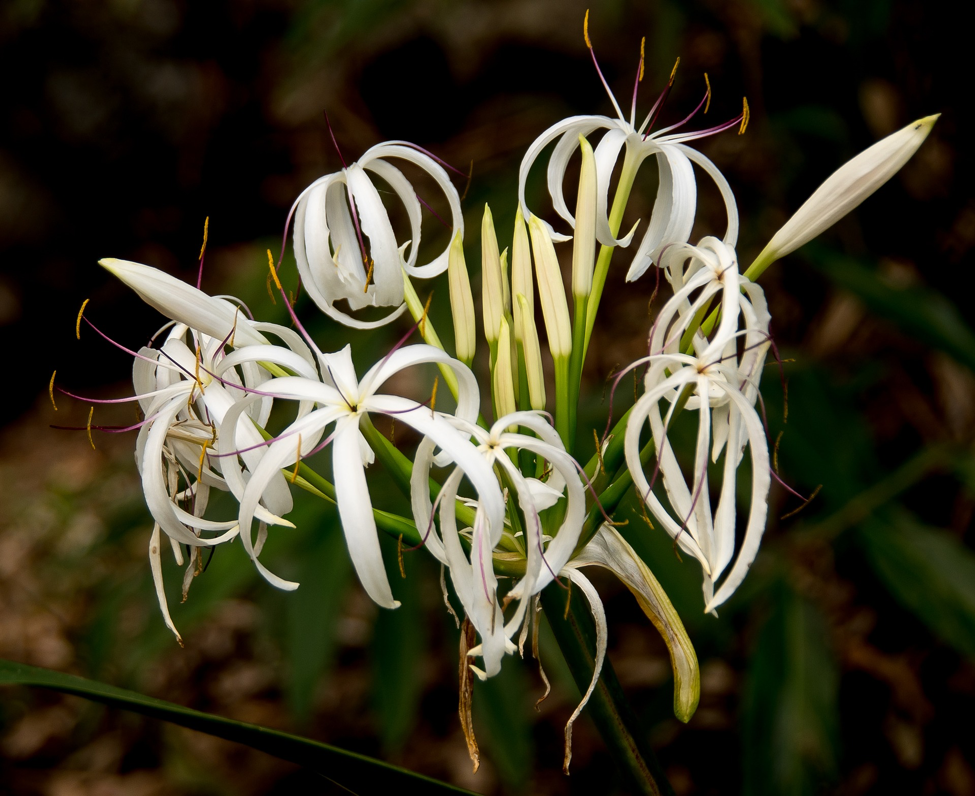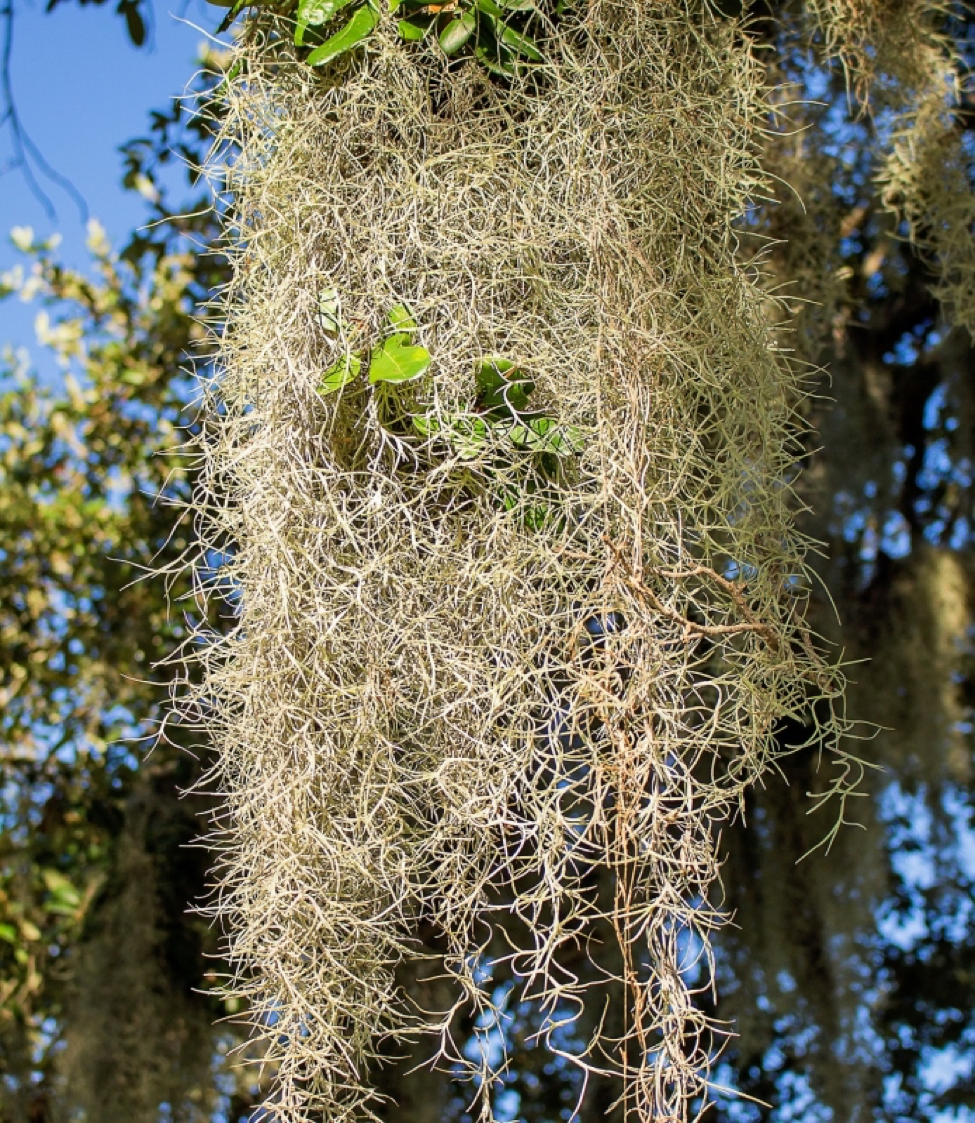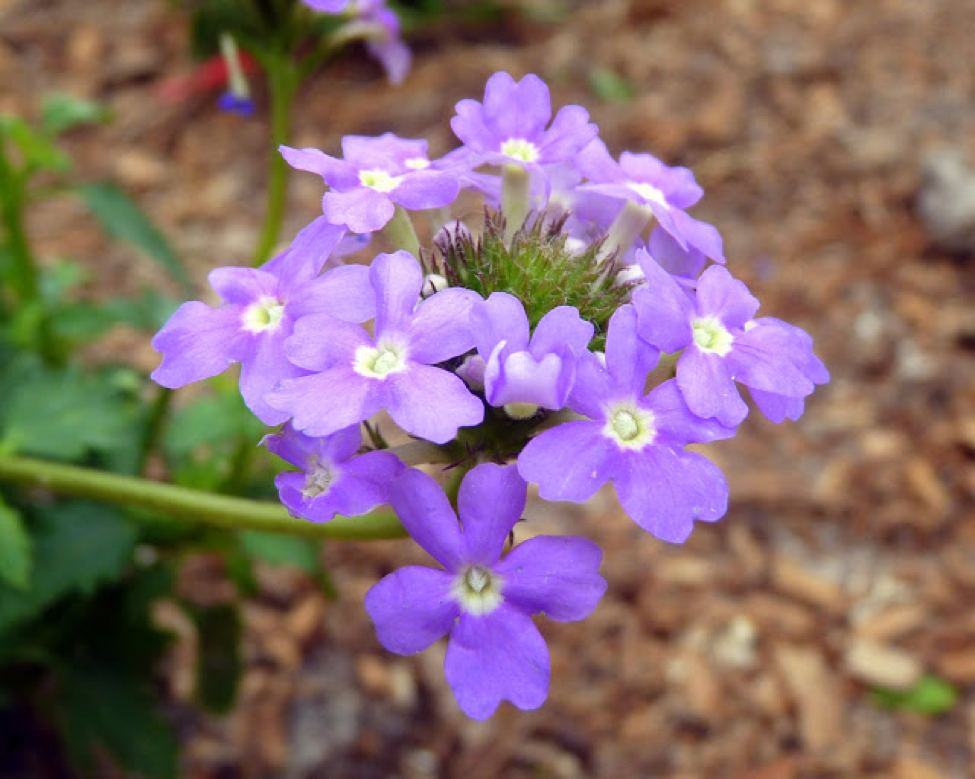When you move to Tampa, FL and start to landscape, you may want to consider using native plants. The reason is that plants which are native perennials enjoy less fertile soil and are easier to care for once they become established. Plus, the insects which rely on the native plants will find a food and breeding source to perpetuate their species.
Here are five native plants that you’ll see everywhere when you move to your place in Tampa.
1. Gloriosa Lily
Scientific name: Gloriosa superba
Sunlight: Full sun, partial shade
Moisture level: Medium
Height: 4-6 ft.
Width: 12-18 in.
Wildlife attraction: Bees, butterflies
The Gloriosa Lily has a scarlet-red and yellow bloom which is lily-like in shape. The long narrow leaves turn into clinging tendrils at the tips. When the weather is warm, the vines grow, then bloom and die back. They later reappear and then go dormant in the winter. It will climb over structures and up other plants.
2. Swamp Lily
Scientific name: Crinum americanum
Sunlight: Partial shade
Moisture: Wet
Height: 2-3 ft.
Color: White petals
The Swamp lily is commonly seen and found exactly where’d you think–around swamps and bogs. The long and thin white petals bloom in the summertime with draped looking foliage. Since this plant is tolerant to excessive water, they make great for gardening in the summertime during the rain season in Tampa.
3. Spanish Moss
Scientific name: Tillandsia usneoides
Sunlight: Shade
Moisture: Dry
Height: 20-25 ft. long
Coloring: Pale green-grey
With the mystical ambiance of swampy humidity and tropical environments comes an eerie but simplistic moss that is seen all over the Tampa Bay area. Spanish moss is it’s own plant, not a parasite, that frequents live oak trees and collects its own energy from the sun. It might not make an ideal primary addition to a garden, but can add some volume to other tropical looking plants in your landscaping. It’s also known to be seen covering sidewalks and streets after stormy winds blow them off their host trees.
4. Tampa verbena
Scientific name: Glandularia tampensis
Sunlight: Partial shade
Moisture: Moist
Soil type: Acidic
Height: 1-1.5 ft
Width: 1-2 ft.
Wildlife attraction: Butterflies
The color of the flowers on the Tampa verbena is purple and showy. It’s also on the state list of endangered species. Once established, it is almost drought tolerant although it doesn’t seem to grow more than two years. It’s recommended to start a new one from cuttings before the old bush dies. It isn’t fussy about the pH levels, and it does better in partial sun with extra moisture like it grows in the wild. It looks lovely in a wildflower garden.
5. Beautyberry
Scientific name: Callicarpa americana
Sunlight: Sun through shade
Moisture: Add organic peat moss when planting
Height: 3-8 ft.
Width: 3-8ft.
Leaves: Deciduous
Wildlife attraction: Birds and butterflies
You can use the beauty berries to make jelly, but the taste can leave a lot to be desired. Also, the leaves can be crushed and rubbed onto skin for a natural bug repellent. Too, it can be used in woodland plantings with only dappled sun for some extra color. Lavender-pink flowers appear in the spring and into the early summer. Berries follow after that for birds to forge on into the winter months. When planted in groups, it gives a better show with arching branches weeping towards the ground. Great for an accent in a mixed flower bed or a butterfly garden
When planting gardens in Tampa, consider these native plants for a more natural garden appearance and a way to ease the maintenance on landscaping around your new home!
For more information about native plants, gardening, and lawn care in the Tampa Bay area, visit LawnStarter Tampa.







